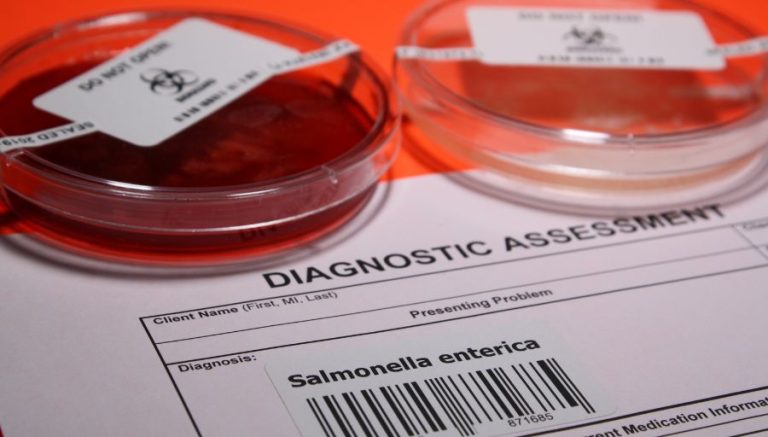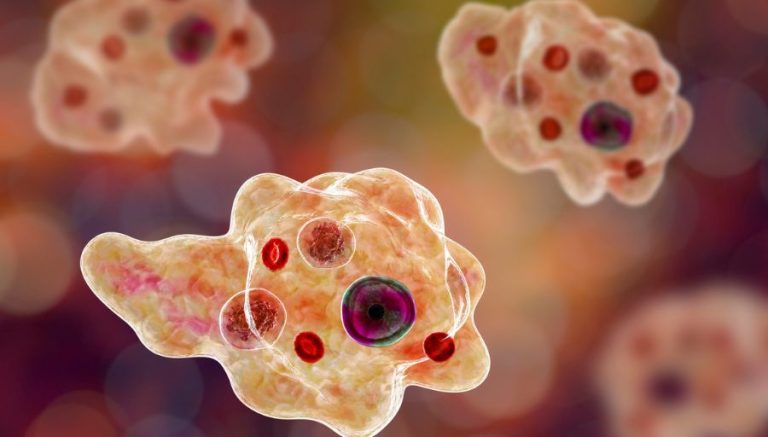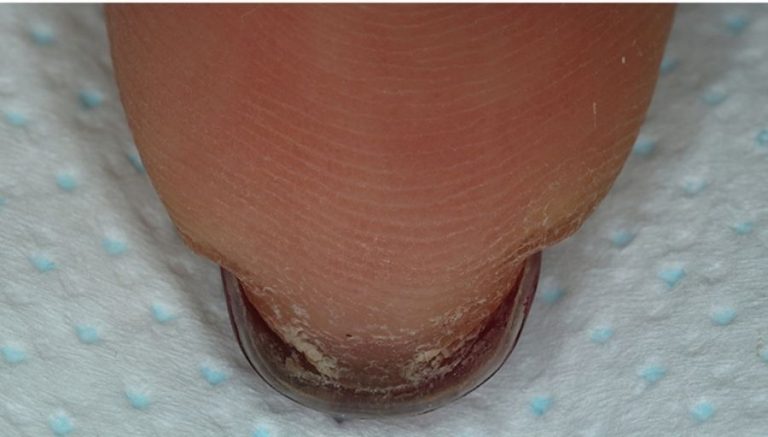Puffy Nipples | Causes And How To Get Rid Of Them (2023)
Puffy nipples are quite common, especially among men. However natural and common they may be, many men feel self-conscious about them.
Enlarged breast glands cause them due to several factors, including excess fat, low testosterone levels, and the use of steroids.
This article covers several treatments to consider and lifestyle changes you can make to get rid of your puffy nipples.
Why Are My Nipples Puffy?
There are several possible causes of puffy nipples. The leading causes tend to include:
- low testosterone levels
- overdeveloped/enlarged breast tissue (gynecomastia)
- use of steroids and other medications
- excess fat accumulation
- obesity
- genetics
- hormonal changes or imbalances

Hormonal imbalances are a common cause of puffy nipples in men. Our body contains the sex hormones testosterone and estrogen. Testosterone levels are higher in men and estrogen levels in women.
High estrogen levels can cause a growth of the mammary glands, which can lead to puffy nipples in men.
Your thyroid may be overactive and produce too much thyroid hormone, which leads to hyperthyroidism. People who suffer from this condition may have problems with swollen breasts. Hyperthyroidism can disrupt your hormones and cause fat growth in the body.
Gynecomastia is the abnormal growth and development of breasts in men. The development of gynecomastia is unique for each patient and depends on the pattern and size of the affected glandular tissue.
Malnutrition can lead to a drop in testosterone levels in men, leading to puffy nipples. A balanced diet is also essential to maintain the hormonal balance.
Being overweight and obese can cause excess fat in the breast tissue, giving the appearance of breasts and puffy nipples.
Obesity can also increase estrogen levels in some men, leading to swelling of the breast tissue.
It is possible to develop teen puffy nipples. During puberty, testosterone levels increase, and high estrogen levels and the conversion of testosterone into estrogen by the enzyme aromatase cause this.
High estrogen levels are essential in breast tissue growth, leading to puffy nipples.

How To Get Rid Of Puffy Nipples
Although puffy nipples are pretty common in men, they can cause a lot of discomfort and, in rare cases, even indicate a medical emergency.
You can often get rid of puffy nipples by changing your diet and exercise routine. However, some cases may require surgery.
Suppose you see no improvement after a few months of healthy eating and exercise. Surgery may be necessary in that case to reduce the swelling and restore the nipples to their former condition.
Healthy lifestyle changes and exercising can help reduce body fat and strengthen the breast muscles, creating a more sculptured and defined appearance.
Surgery may be an option for those who can not achieve desired results this way.
Diet
You should talk to a doctor or dietitian before making significant dietary changes, especially if you are obese.
They will be able to instruct you on the most sustainable way to change your diet, so you stick with it and do it healthily.
It would help to aim for a balanced diet, focusing on whole foods and essential nutrients. This is especially important if you have diabetes or another chronic disease.
A few dietary tips include:
- limiting sodium intake (salt)
- increase fruit and vegetable consumption
- eat whole grains instead of white bread and pasta
- swap full-fat dairy products for low-fat or plant-based alternatives (oat, soy, rice, or almond milk)
- eat lean proteins like beans and fish
- avoid processed foods
- avoid foods with added sugar

Exercise
Cardiovascular training can help to lower total fat levels. In addition to improving diet and exercise, trying a targeted weight-lifting routine can help reduce the appearance of puffy nipples. This builds muscles in certain body areas, such as the chest.
The role of exercise and physical activity will increase the effectiveness of weight loss more likely if a person combines a reduced-calorie diet.
Physical activity and dietary changes lead to modest weight loss in many cases. Many programs promise rapid weight loss, but people who want to lose and maintain their weight should choose programs they can stick to over the long term.
Crash dieting only increases the risk of losing motivation and falling into unhealthy habits.
Cardiovascular exercises include running, jogging, walking, cycling, and swimming.
Cardiovascular training can help reduce overall weight, but people who want to reduce the appearance of puffy nipples should also consider incorporating targeted chest exercises into their routine.
These exercises focus on the chest and breast muscles. Strengthening the breast and chest muscles can reduce the appearance of puffy nipples.
Chest exercises that could be tried include breaststroke, push-ups, and bench press.

People interested in a specific program to strengthen chest muscles may want to talk with a personal trainer or other fitness professional about a routine that suits their needs and abilities. The guidance of a personal trainer can help to prevent injuries.
In some cases, increasing testosterone levels can help reduce the incidence of puffy nipples.
This can be the case if the person knows swelling is due to low testosterone levels.
However, studies in this area are limited, and further research is needed to establish a straightforward claim. Speak to your doctor about hormone medications you can take.
There is little evidence that certain herbal supplements can help boost testosterone levels.
An herbal supplement that may positively affect testosterone levels is Ashwagandha (Withania somnifera). The effect of Ashwagandha on the nipple or breast tissue has not been proven.

Surgery
People should ask doctors if surgical procedures can reduce puffy nipples syndrome.
Surgical options include:
- tissue excision (in which a surgeon makes a small incision to remove breast tissue)
- liposuction (in which fat that is not breast tissue is removed)
- mastectomy (breast removal for severe gynecomastia)
- noninvasive fat reduction (in which topical laser freeze is used to reduce the fat stored there)
A doctor can help you decide which option is best for you. Health Insurance does not commonly cover this, as it is considered cosmetic.







